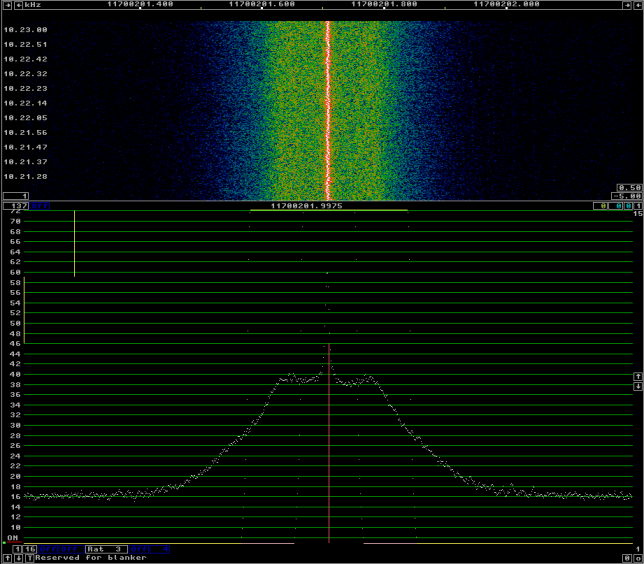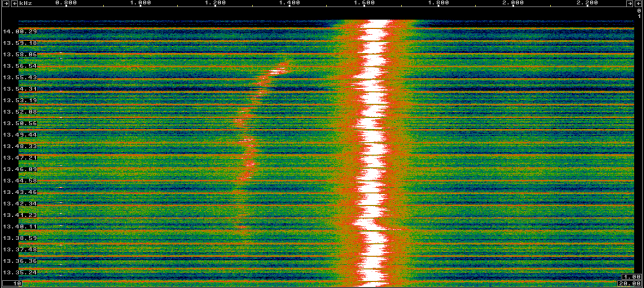In this post I’ll show how one can use the signal generation tools in WSJT-X to do decoding simulations. This is nothing new, since the performance of the modes that WSJT-X offers has being thoroughly studied both with simulations and real off-air signals. However, these tools seem not very widely known amongst WSJT-X operators. Here I’ll give some examples of simulations for several JT modes. These can give the operators a hands-on experience of what the different modes can and cannot achieve.
Please note that when doing any sort of experiments, you should be careful before jumping to conclusions hastily. You should make sure that the tools you’re using are working as they should and also as you intend to (did you enter correctly all the parameters and settings?). Also, you should check that your results are reproducible and agree with the theory and other experiments.
Another warning: some of the software that I’ll be showing here, in particular the Franke-Taylor soft decoder for JT65 and the QRA64 mode, is still under development. The results that I show here may not reflect the optimal performance that the WSJT-X team aims to achieve in the final release version.
After all these warnings, let’s jump to study the modes. We’ll be considering the following modes: WSPR, JT9A, JT65A, JT65B and QRA64B. To give our tests some purpose, we want to find the decoding threshold for these different modes. This is the signal to noise ratio (SNR) below which the probability of a successful decode is too small to be useful (say, lower than 20%). For each mode, we will generate 100 test files containing a single signal with a fixed SNR. We will then see how many files can be successfully decoded for each SNR.



